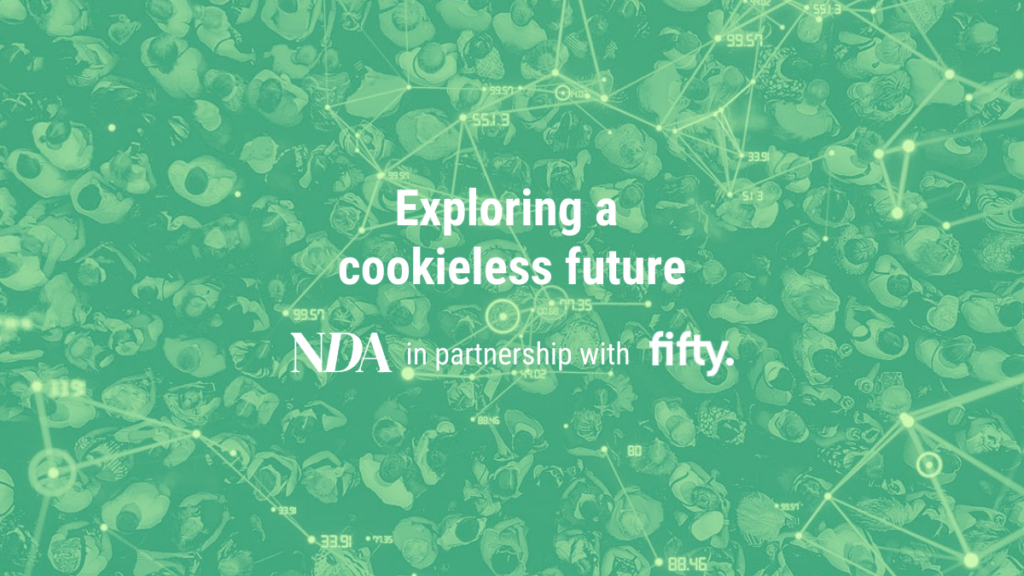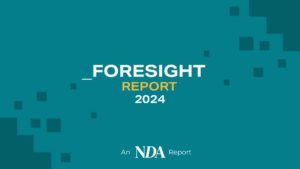NDA has partnered with Fifty on a series of articles exploring the cookieless future of marketing to find out how advertisers can prepare.
Concerns around data-privacy have led to the use of cookies and other non-consented identifiers falling out of favour with regulators, consumers and marketers alike. Despite this trend, many digital marketers are struggling to shake off their addiction to customer tracking, albeit tracking carried out with the consumer’s explicit consent.
From a marketer’s perspective, one of the biggest drawbacks of cookies and MAIDs is that they are limited to identification of an individual user’s presence on only a single application or device. With this in mind, the ad-tracking industry has now shifted its focus to willingly-shared first party data (usually in the form of an email address or phone number) as a far better identity object to track. Consumers rarely change these details and tend to use the same form of first-party ID across different platforms or sites.
For brands that can successfully gain consumer consent, this first party data will be a very useful deterministic identifier. However, consent will not be attainable by every brand or from every customer, nor will these consents allow for scalable tracking – each party in the ad-serving chain would need to have separate consent from a single user in order to use this for targeting.
This means that, while first party data can definitely be leveraged to deliver a valuable fraction of ad-serving opportunities, it will not provide enough scale to deliver the reach and engagement that brands desire.
In a post-cookie future, one of the the main alternatives to targeting with first-party data will be standard contextual targeting. This technique delivers highly scalable but far less accurate targeting, as it focuses on web pages and keywords rather than audiences.
At Fifty, we believe there is a third option: one that delivers both the scale and the accuracy that brand advertisers are looking for.
Deeper understanding
By defining and analysing any desired audience within our vast social data set, the FiftyAurora platform can produce a deeper understanding of your target audiences. This new level of insight can then be translated into tailored targeting, unlimited by IDs or consent requirements.
The Fifty approach also provides a behavioural filter to our inventory targeting which removes the inaccuracy and wasted spend associated with keyword-based strategies. In addition, Fifty is able to safely ingest CRM records (using partners like Infosum & Snowflake) to enrich a brand’s first party data.
With this approach, the scale of a brand’s first party data isn’t important. The Fifty platform uses that data to uncover the passions and interests of your target audiences, not to retarget those users directly. We then use those learnings to find other potential audiences with the same passions or concerns online.
During the pandemic, we worked closely with a well known D2C pasta company and, across the various stages of lockdown, we saw major growth in different types of customers at different times. Our social data led approach allowed us to identify the rapidly-changing trends among consumers and quickly refocus our creative and media strategies. A first party data led strategy could not have produced the same insights or delivered the same great results.
Wherever your brand is on its journey with first party data and whether you currently have lots of first party data or not, Fifty’s approach can help you to understand and engage with your target audiences at the scale you need.









